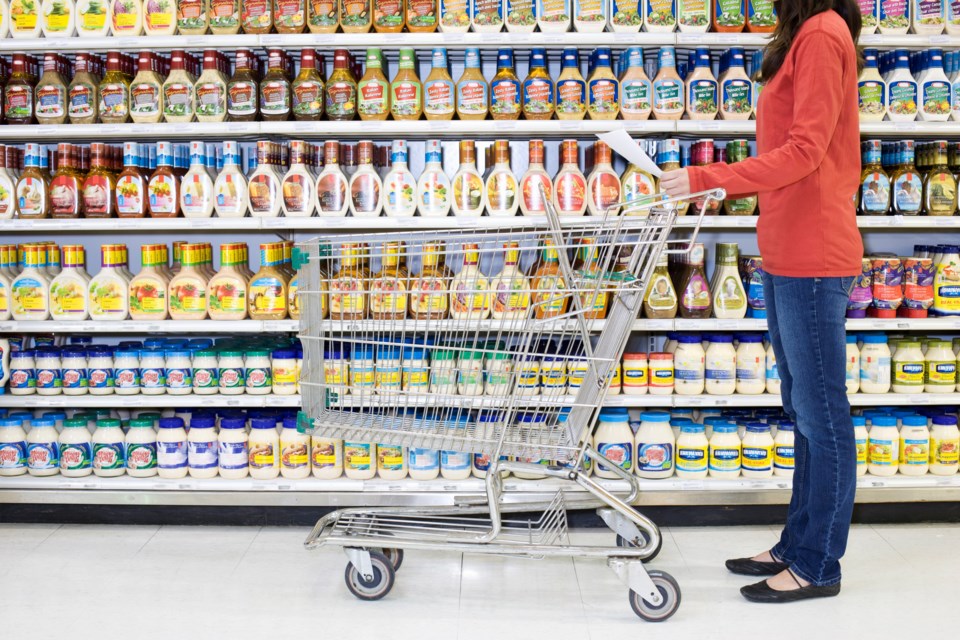Increasing food prices in Canada are influencing grocery shopping habits. A new from the Angus Reid Institute found that 62 per cent of Canadians are eating out less, and many Canadians are being strategic about what items they put in their carts.
One-third of those surveyed are cutting back on purchasing meats, and 21 per cent are buying less produce to save on the grocery bill.
But inflation isn’t the only factor pushing prices higher; it’s also Canada’s . This is a system that limits production on certain food sectors — dairy, eggs, poultry — to ensure stable prices. On Feb. 1, milk and butter became more expensive across Canada. That's because last November, the Canadian Dairy Association announced an 8.4 per cent increase in milk products to offset rising production costs like feeding, energy and fertilizer.
Chantal Paul, a spokeswoman for the Canadian Dairy Commission, told Canadian Press at the time that the industry was "seeing that the cost of production is really going up quickly and the revenues are not following."
While the majority of Canadians support supply management, 27 per cent of Canadians believe that policies should be relaxed.
Difficulty feeding households
The study found that two-thirds of lower-income and food-insecure households reported having difficulty feeding everyone. The opposite was true for households earning $100,000 or more.
In general, nearly half of Canadians said they’re struggling with grocery shopping. However, depending on the province, the pain of grocery bills fluctuated slightly.
For example, more than 50 per cent of people in B.C., Ontario, Saskatchewan, Manitoba and Atlantic Canada said it is difficult to feed their households. The survey also notes that Atlantic Canada has the lowest household income levels in the country.
Generic vs. brand name
Many Canadians are thinking twice about brand-name items while shopping.
Nearly half of respondents younger than 55 said they’re switching to cheaper, lower-quality brands to compensate for rising food costs. This remains true for households earning less than $100,000.
Despite rising food costs, only four per cent of surveyed Canadians reported going to a food bank for groceries.



